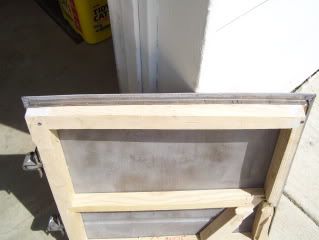Durant Motors Internet Forum
Our Purpose
Preserve the automobiles manufactured by the Durant Motor Company, provide enjoyment for each member with meets, tours & technical assistance.
This forum is provided by the Durant Motors Automobile Club located at durantmotors.org















